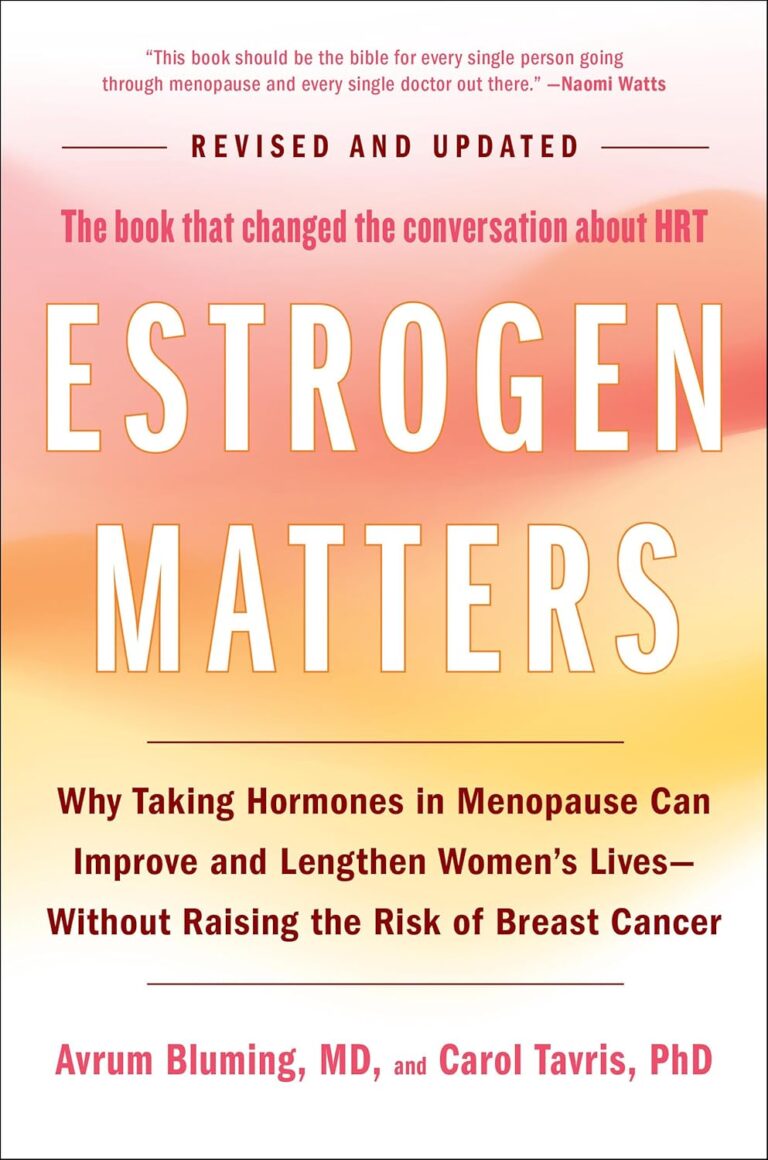
Throughout history, relentless medical research and technological advancements have contributed immensely to the field of healthcare. One such contribution is the advent of breast reconstruction, a procedure critical for many women post-mastectomy or for those wishing to correct congenital deformities. Brought about by a necessity to recreate the natural form after breast removal or tissue damage due to cancer treatment, the process of breast reconstruction has been a pivotal medical development.
The aim of this particular surgical advance is twofold: restoring physical wholeness and promoting mental well-being. Understanding what breast reconstruction entails, the types, the process, aspects to consider before opting for the surgery, and potential risks involved is crucial for anyone considering this procedure. This article serves as a comprehensive guide providing insights into these areas.
Definition of Breast Reconstruction
Offering a fundamental understanding, breast reconstruction is a surgical procedure primarily aimed at restoring a breast’s shape, appearance, and size subsequent to a mastectomy. It involves creating a breast mound that matches the opposite breast. If both breasts are removed, the procedure entails creating two symmetrical, natural-looking breasts.
Clinically speaking, breast reconstruction may involve several procedures carried out in stages, often beginning at the time of mastectomy and continuing later on. It can be accomplished by two primary methods: using breast implants (silicone or saline) or autologous (the patient’s own) tissue flap, or a combination of both.
Types of Breast Reconstruction
Implant reconstruction involves using saline or silicone gel-filled implants to recreate the breast mound. This procedure may involve a two-stage process, where a tissue expander is initially used to stretch the skin and chest muscle to accommodate the implant. The expander is then replaced with a permanent implant in a subsequent surgery.
Autologous or ‘flap’ reconstruction, on the other hand, uses tissue from another part of the patient’s body, usually the belly, back, buttocks, or thigh, to form a new breast mound. In some cases, implant and flap reconstruction can be combined to achieve the desired result.
Process of Breast Reconstruction
The first step towards breast reconstruction is a thorough consultation and planning session involving the patient and the breast surgeon. Detailed discussions include the type of reconstruction, surgical techniques, potential risks, and expected outcomes.
The operation is then performed under general anesthesia and can take two to six hours, depending on the chosen reconstruction type. Recovery periods differ depending on the surgical technique and the patient’s overall health, with the healing process generally taking weeks to months. The final result is usually a reconstructed breast that resembles the natural breast in appearance and form, helping to restore body image and boost self-confidence.
Get to know us better
If you are reading this, you are in the right place – we do not care who you are and what you do, press the button and follow discussions live

Factors to Consider Before Going for Breast Reconstruction
Several factors come into play when deliberating breast reconstruction. Personal health and medical conditions, such as age and overall health status, are prime considerations, as certain medical conditions can affect surgical outcomes and risk profiles.
Lifestyle choices also hold weight, regarding aspects such as the patient’s willingness for follow-up surgeries, downtime acceptance, and body image expectations. Importantly, emotional readiness and mental preparedness for the transformation post-reconstruction can play a significant role in decision-making and recovery.
The Potential Risks and Complications of Breast Reconstruction
As with any surgical procedure, breast reconstruction comprises potential short and long-term risks. Short-term risks include bleeding, infection, poor wound healing, and adverse reaction to anesthesia. Long-term risks can consist of implant complications, like rupture or deflation, flap complications, like partial or complete flap loss, and dissatisfaction with aesthetic results.
Conclusion
In summary, breast reconstruction is a significant decision that necessitates thorough understanding, effective consultation, and careful personal contemplation. The benefits of restored body appearance and improved self-esteem are considerable, but recognising the possible surgical risks and complications is imperative for informed decision-making.
Reach out to healthcare providers for a thorough discussion before embarking on this transformative journey. Ensuring you’re in trusted hands matters. Remember, this is not just a medical decision but one that has profound psychological implications as well. Making the best decision for you, guided by expert medical advice, is crucially important.
FAQs:
- What exactly is breast reconstruction?
Breast reconstruction is a surgical procedure that aims to restore a breast’s shape, appearance, and size after a mastectomy or lumpectomy.
- Are there different methods of carrying out breast reconstruction?
Yes, it can be carried out using breast implants (silicone or saline), autologous (the patient’s own) tissue flap, or a combination of both.
- What does the process of breast reconstruction involve?
The process involves consultation, planning, operation, recovery, and achieving the final result. It can be carried out at the time of mastectomy or at a later stage.
- What should one consider before deciding on breast reconstruction?
Considerations include personal health and medical conditions, lifestyle preferences, and emotional readiness for the transformation post-reconstruction.
- What are some potential risks and complications of breast reconstruction?
Potential risks include bleeding, infection, poor wound healing, adverse reaction to anesthesia, implant complications and dissatisfaction with aesthetic results.

















Comments
Thank you. Comment sent for approval.
Something is wrong, try again later